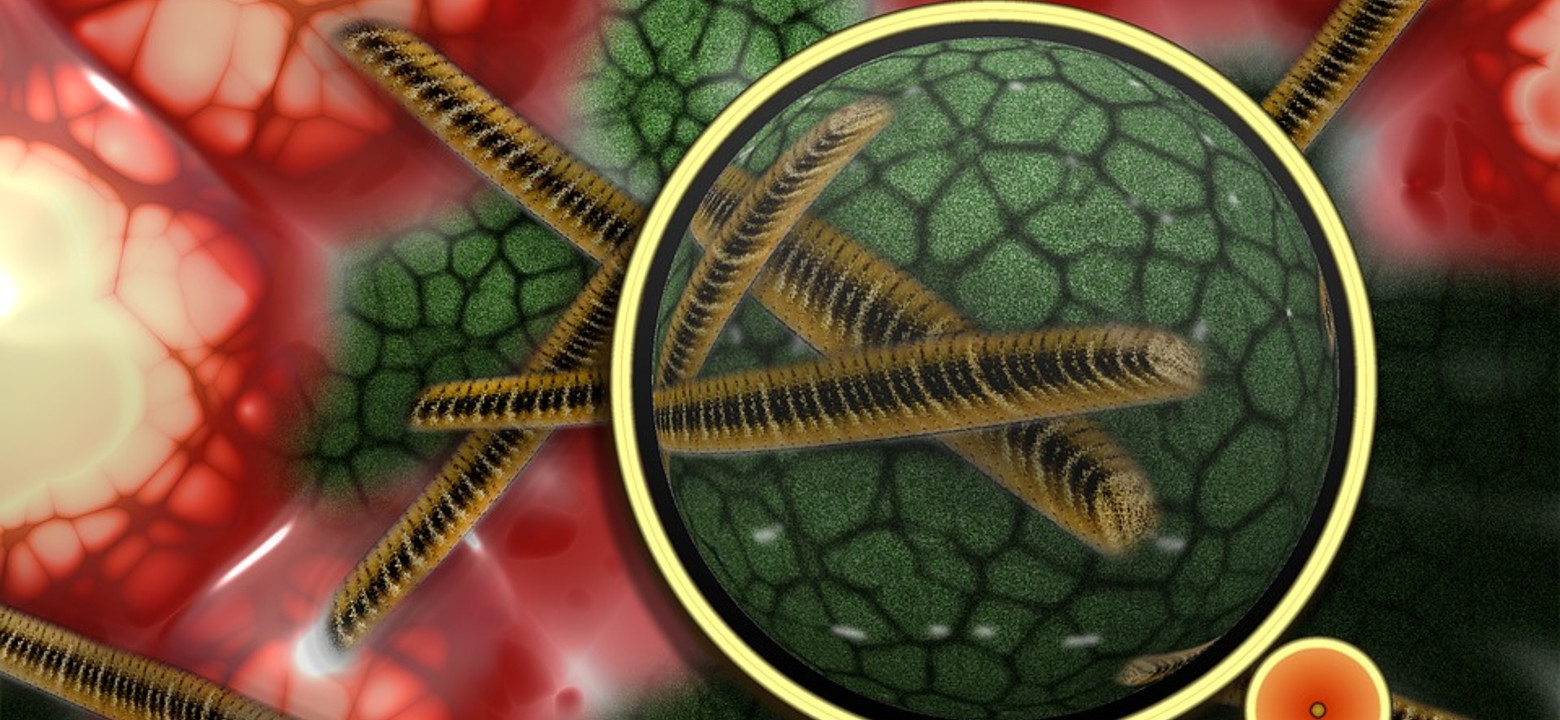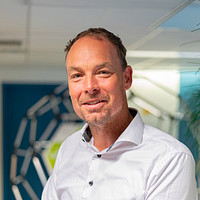Clothing, bed linen and interior textiles play a significant role in the spread of infections in healthcare settings. The prevention of such infections would help reduce medical costs. In this research project we therefore focus on the following question from the textile industry:
How can a durable, non-toxic and bacteria-inhibiting function be embedded in clothing, bed linen and interior textiles?

Bacteria-inhibiting nanocoating
Recent research by Saxion has already demonstrated the effects of nanomaterials. By treating textile fibres with a nanocoating it is possible to inhibit the growth of bacteria and thus to prevent bacterial infections. In this RAAK-SME project, we research whether and how nanomaterials can be used in coating applications on textiles. We will examine:
- how this bond is created
- the durability of this bond with regard to wear and tear and laundering
- how the textile is processed into a finished product
- the effects of the coating on the end use in terms of comfort and performance.
Test system and toxicity
We will test the bacteria inhibiting qualities of the nanomaterial as a raw material, after coating application, and as a functional product. For this purpose we develop a test system, based on incumbent ISO standards, that makes it simpler to perform this type of time-consuming test. We also investigate the toxicity of the material to identify potential health hazards.
Demonstrators
In this research we will deliver three samples:
- A facecloth
- Bed linen
- A doctor's white coat.
The samples are tested for suitability, comfort and functionality. We also investigate the washing options in relation to maintaining the bacteria-inhibiting quality. In this way we validate the technology for wet, dry, or use-intensive application. With this knowledge new products with durable bacteria-inhibiting qualities can be produced.
Duration
The Textile in Healthcare project runs from September 2014 to September 2016.
This research project was partly funded by Regieorgaan SIA, part of the Dutch Organisation for Scientific Research (NWO).
Partners Textile in health care
Saxion (Applied Nanotechnology, Sustainable & Functional Textiles and Industrial Design chairs), TechForFuture, Hogschool Zuyd (lectoraat Material Sciences), CHILL-labs, Expertisecentrum Innovatieve Zorg en Technologie (EIZT), Ziekenhuisgroep Twente, MODINT, TNO, Syncom, JB Textiles, Verosol, WeVoTex, Werkgroep Infectie Preventie (WIP), De Berkel, Van Heek Textiles, TenCate / OICAM, Desso, Rinos, Katex.
More information
For more information, please contact Martin Bennink or Nicole Zeijen:

dr. ir. Martin Bennink
Lector Applied Nanotechnology

Nicole Zeijen, PhD
Promovendus